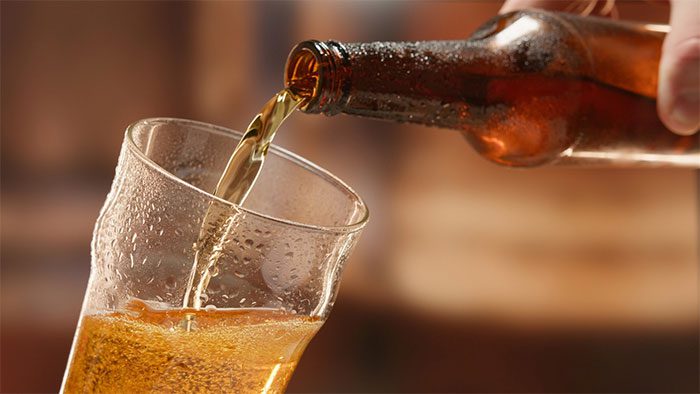Is it true that the alcohol content in beer is lower than in wine, resulting in faster alcohol elimination from the bloodstream?
Beer is produced through the fermentation of sugars and barley. The alcohol content in this beverage typically ranges from 3-12%, which is lower than that of wine.

The rate of alcohol elimination depends on the amount of alcohol consumed and the health of each individual.
Wine is a popular alcoholic beverage made from fermenting sugars and various fruits or grains such as grapes, barley, wheat, and corn. The alcohol content in wine is generally higher than in beer, ranging from 10-20% by volume.
However, the rate at which alcohol returns to 0 does not depend on the type of beverage (beer or wine) but rather on the amount of alcohol consumed and the health of each individual.
Since wine typically has a higher alcohol content, if you consume the same volume—such as 450 ml of beer at 5% alcohol and 450 ml of wine at 12% alcohol—your body has to eliminate a larger amount of alcohol when drinking wine. This can lead to stronger effects from wine and prolong the duration of alcohol in the body.
The estimated rate of alcohol elimination is about 0.015 to 0.020 grams of alcohol per 100 ml of blood per hour. However, this rate can vary based on several factors, such as body weight, gender, overall health, and consumption history.
Note: When consuming alcoholic beverages, do not drive or engage in activities that require concentration. To ensure good health, it is crucial to maintain a healthy lifestyle and be mindful when consuming alcohol.
Associate Professor, Doctor Nguyen Anh Tuan
Chair of the Gastrointestinal Surgery Department, 108 Military Central Hospital



















































